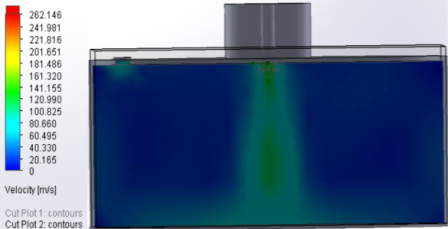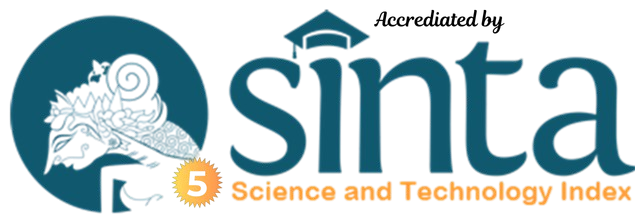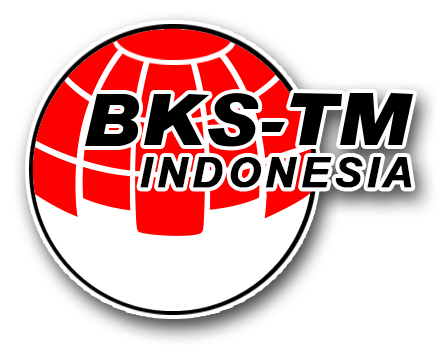Analisis Perbandingan Kinerja Injektor Mesin Wartsila W20V34DF pada Beban 0 kW dan 3000 kW Menggunakan Simulasi CFD
DOI:
https://doi.org/10.55679/pistonjt.v10i1.96Keywords:
Injector , Fuel , CFD , Wartsila Engine , PLTMGAbstract
Injector performance is a crucial factor in combustion efficiency and emission control in diesel engines, especially in power plant applications such as the Baubau 30MW PLTMG using the Wartsila W20V34DF engine. Pressure fluctuations, non-ideal fuel flow patterns, and uneven temperature distribution inside the injector can have a significant impact on the atomization and combustion process, which in turn affects overall engine performance. Therefore, a thorough understanding of the fluid dynamics inside the injector is essential for optimization and maintenance. This study aims to analyze the injector performance on the Wartsila W20V34DF engine by understanding the flow distribution, fluid velocity in the internal injector area using the Computational Fluid Dynamics (CFD) simulation method. Specifically, this study attempts to identify fuel flow characteristics and potential areas where injector performance may be less than optimal. Through CFD simulation using Solidworks, a detailed picture of the complex fuel flow pattern inside the injector is obtained. In the comparative analysis of the performance of the Wartsila engine injector at 0 kW and 3000 kW load conditions, CFD simulations were carried out with fuel flow velocity parameters, where the 0 kW load condition reached 4.1 m/s with 100 iterations and the 3000 kW speed reached 9.5 m/s with 100 iterations. Showing variations in the distribution of fluid velocity, especially around the injector hole, which is a crucial area for the fogging process. Areas with high velocities that support effective fogging were identified, but also flow patterns that can affect spray distribution. This analysis provides insight into how the internal design of the injector affects fluid dynamics, highlighting the importance of injector geometry for optimal performance. As a continuation of this study, it is recommended to conduct experimental validation of the CFD simulation results to verify the accuracy of the model. In addition, future research can consider factors such as variations in fuel composition, the effects of injector material degradation due to long-term use, and the interaction between injector spray and air in the combustion chamber to gain a more comprehensive understanding.
Downloads
References
J. Smith and A. Johnson, "Impact of fuel injector spray characteristics on combustion efficiency in large bore marine engines," Journal of Marine Engineering & Technology, vol. 19, no. 3, pp. 187-195, (2024).
L. Chen and H. Wang, "Numerical investigation of fuel spray and combustion in a direct injection engine using CFD," Applied Energy, vol. 301, p. 117432, (2023).
M. P. Kumar and S. R. Reddy, "Analysis of diesel engine injector nozzle wear and its effect on engine performance and emissions,"International Journal of Engine Research, vol. 23, no. 1, pp. 132-145, (2022).
R. Sharma and V. Gupta, "Computational fluid dynamics analysis of fuel injection and mixing in internal combustion engines: A review,"Energy Reports, vol. 7, pp. 110-125, (2021).
Y. Zhang, L. Wang, and X. Liu, "Injector performance and emission characteristics," Energy Reports, vol. 6, pp. 123-130, (2020).
K. Li, P. Li, and J. Liu, "CFD simulation of fuel spray and combustion in a common rail diesel engine," Combustion and Flame, vol. 205, pp. 1-12, (2023).
Tegar Armanto., Analisis Computational Fluid Dynamics (CFD) Sistem Pemanasan Dan Pendinginan Bioreaktor Fermentasi Kopi (2024).
Saputra, A. Simulasi Aliran Fluida Dengan Variasi Penempatan Injektor Pada Intake Manifold Mesin 2 Langkah Menggunakan Cfd (Doctoral Dissertation, Universitas Negeri Jakarta) (2024).

Downloads
Published
How to Cite
Issue
Section
License
Copyright (c) 2025 BUDI SUTRISNO, DEDY ASHARI, La Ode Ichlas Syahrullah Yunus, La Ode Abdul Gamsir, Akhmad Fadli Ibrahim, Yuvita Satriani Djuli

This work is licensed under a Creative Commons Attribution 4.0 International License.








